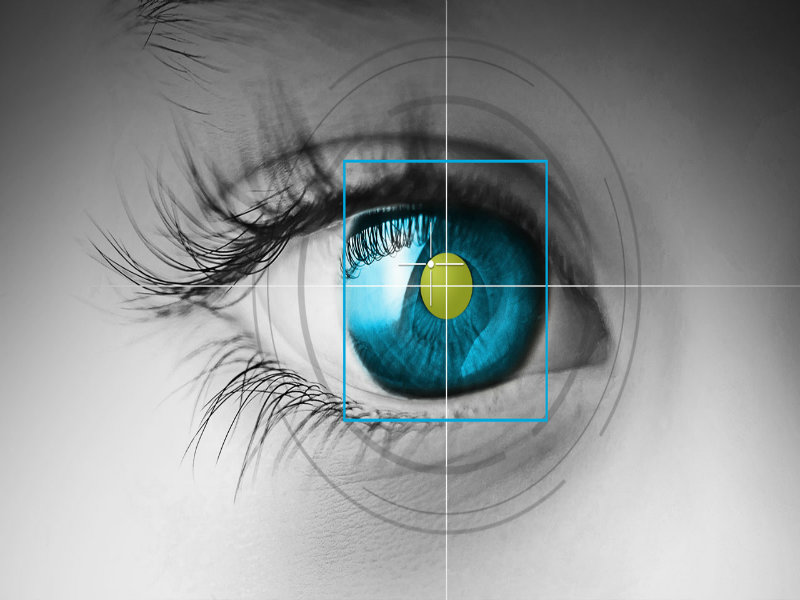Technology is evolving at a very rapid pace these days, and newer trends are emerging even before the previous iteration could gain any mainstream traction. Wearables have not become all that popular just yet – simply because the excitement wears off quite fast – but that isn’t keeping companies from coming up with new ideas. Eye-controlled smartwatches open up interesting possibilities for payments and Bitcoin in the future.
Also read: Bitcoin Core Launches Social Media Presence
Creating Touchless Wearables
One of the main gripes consumers have when it comes to wearables is how they are fun for a few months and are then mostly stowed away in a drawer somewhere. The initial hype and excitement associated with new wearables go away relatively fast, and manufacturers are not sure how they should tackle this problem.
If it was up to certain companies, the future of wearables will feature touchless devices, where things can be controlled with a flick of the eyes instead of swiping. While most of the actions we do on a daily basis do not even require a wearable device to begin with, there is a certain appeal to this concept.
That being said, any form of technology that uses eye-tracking has been less than successful so far. Especially when it comes to replicating a scrolling motion, there has been a lot of stutter when projecting this technology on eye-tracking. But that situation has come to change, as researchers from the University of Lancaster have come up with an innovative and smoother scrolling method.
On a technical level, the new method would work as follows: wearables will be able to track circular movements of the eye. Using this technology, it becomes possible to change device settings or mimic screen tapping by focusing on the eyes only, rather than requiring manual input from the user. But the technology extends far beyond traditional wearables use cases, as it can also be used for remotely controlling the tv channel or booting up a console.
As one would come to expect, there is a major drawback to this concept for the time being. Tracking eye movement has to be done through a head-mounted camera, combined with a Pupil Labs Pro device. Needless to say, the current iteration of this technology looks rather silly. But once wearables have integrated HD camera capabilities, eye movement can be monitored from one’s wrist.
Bringing Eye-Tracking To Bitcoin Payments
While there are many ethical issues to address when it comes to tracking eye movement for technological purposes, there are interesting opportunities to explore once this concept comes to fruition. As millennials and other consumers are in favor of contactless payments, this same eye-tracking technology could make its way to the financial sector sooner or later.
Bitcoin could stand to benefit from this technology, assuming developers and engineers can come up with proper use cases for the everyday consumer. Being able to manually select a payment method of choice and completing a transaction without interference from the cashier is an area well worth exploring for Bitcoin enthusiasts. However, it will take many years until the necessary research is done in this field of innovation.
What are your thoughts on using eye-tracking for wearables? Can Bitcoin benefit from this technology if it makes it to mainstream consumers? Let us know in the comments below!
Source: Wired UK
Images courtesy of Shutterstock, Social Pepper
